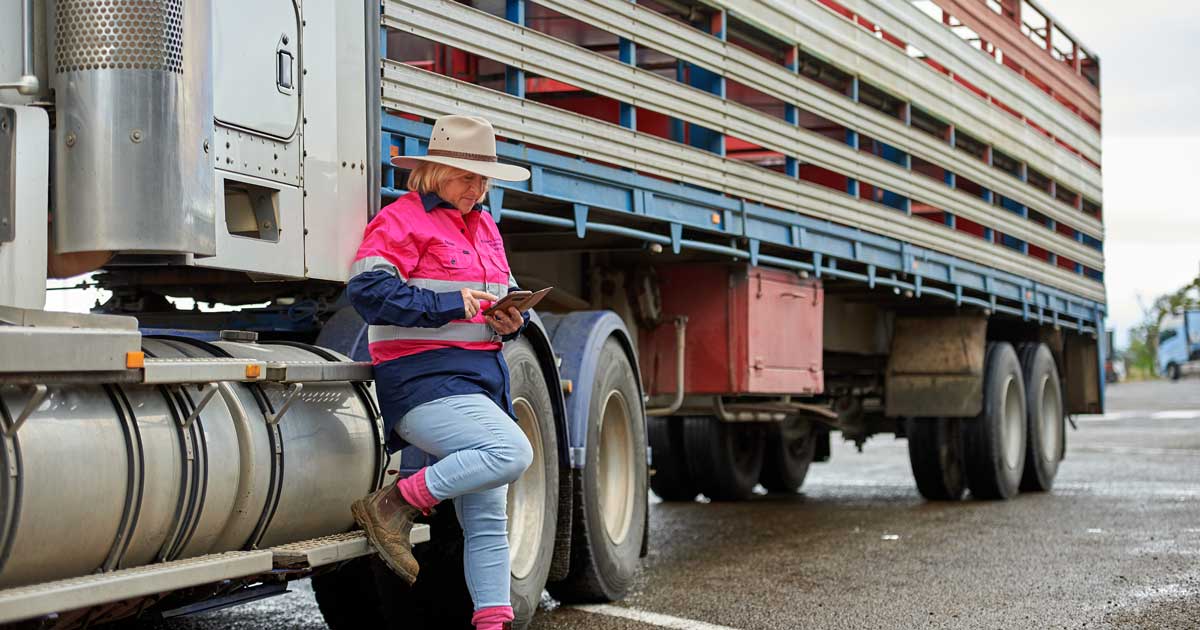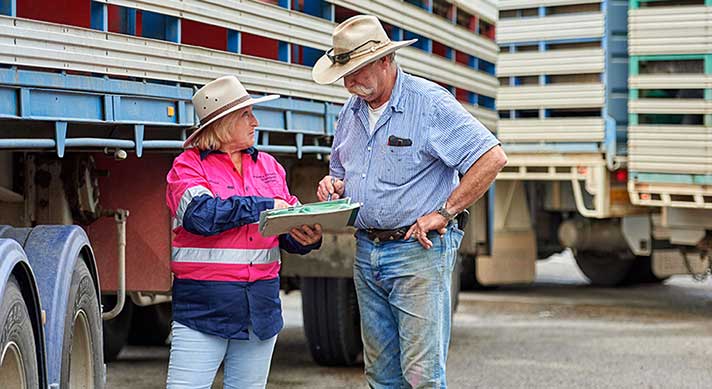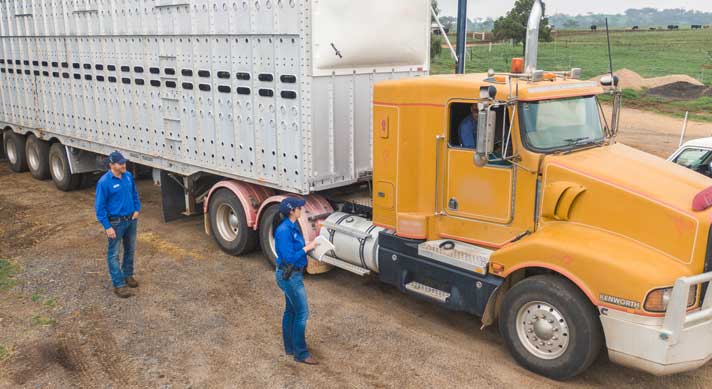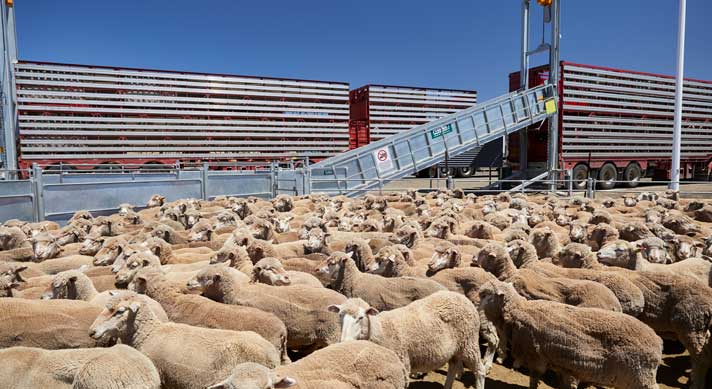Know your role in livestock dispatch
11 October 2022
-Min Read
Owner-driver Di Peisley speaks on how the vital information contained in NVDs affects the conditions and standards upheld by livestock transporters.
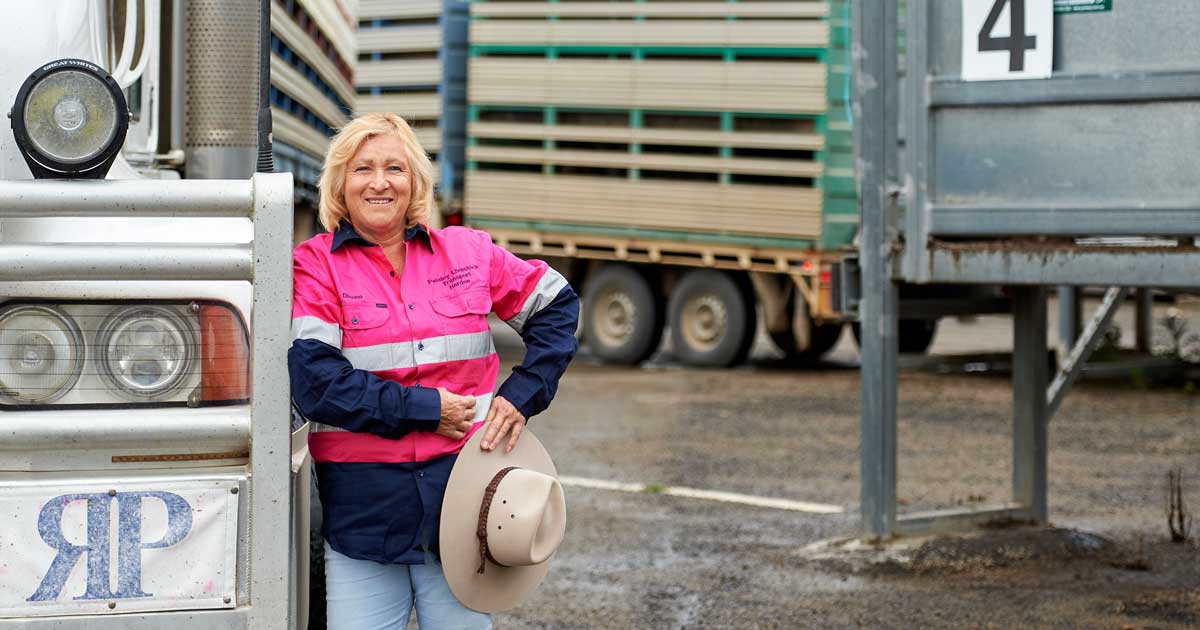
- The safe transportation of livestock is everyone’s responsibility and an LPA requirement
- All transport records, including NVDs, must be documented and filed
- Producers should regularly inspect transport vehicles and ensure livestock curfew times are adhered to
For more information on transport preparation or LPA:
